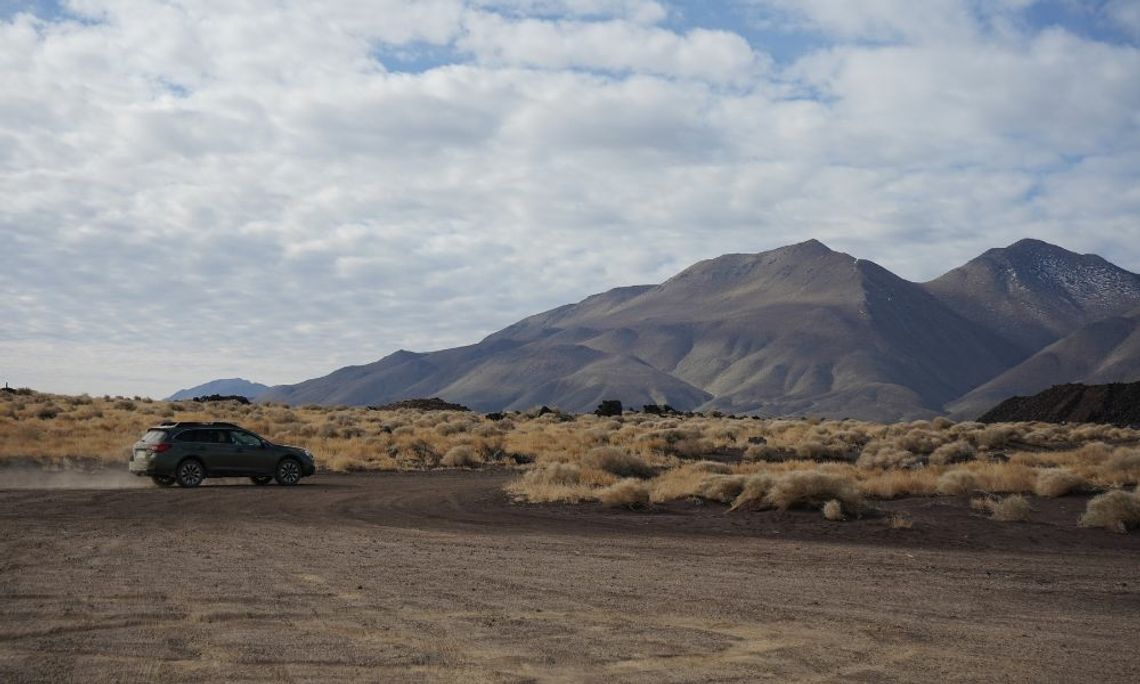Subaru vehicles are excellent for off-roading due to their stability, reliability, and capabilities. Many drivers get Subaru models specifically for their off-road capabilities. If you’re taking your Subaru off-roading, read our guide of what to know beforehand to stay prepared and safe out on the trails.
Be Prepared for the Worst
While off-roading is certainly an exciting adventure, you should never forget how quickly things can turn from fun to dangerous. There are many ways that things can go wrong while off-roading—from a flat tire to getting stuck in the mud or crashing into a rock or tree.
That’s why a survival kit is essential to carry while off-roading in your Subaru to ensure that you and your passengers are prepared should you get stranded or injured. Drivers should also bring recovery equipment to avoid getting stranded, including:
- Recovery boards
- Land anchors
- Recovery straps
- Tire repair kit
- Recovery shovel
- And more
Take It Slow
If this is your first off-roading trip or you’re off-roading in a new area, you should always start slowly and drive cautiously. While it can be tempting to push your Subaru, it’s exceptionally dangerous to do in terrain full of trees, mud, or rocks.
Take things slowly at first and get a feel for the terrain, and you can slowly increase your speed and driving aggression as you get more comfortable—but always keep safety as the priority. Remember, off-roading isn’t a race, so slow down!
Know Your Subaru
While Subarus are excellent off-road vehicles capable of traversing exceptionally tough terrain, they still have limits. Every driver should know their vehicle’s limits to safely off-road without harming themselves or damaging their vehicle.
Even Subaru models suited for off-road terrains, like the Outback or Crosstrek, require additional off-road modifications to traverse off-road terrain safely. If your Subaru doesn’t have the necessary modifications, it’ll struggle.
Research the Weather
Before taking your Subaru off-roading, it’s wise to know about the weather and conditions of the area as much as possible. If it’s raining while you’re off-roading, that’ll obviously make traction much more difficult and could flood the area—dangerous conditions for off-roading.
Even if the forecast for the day is dry and clear, if there’s been a lot of rain recently, it could mean flooded areas and plenty of mud. Check the weather forecast and research the area’s conditions to better understand the terrain before off-roading.


Comment
Comments